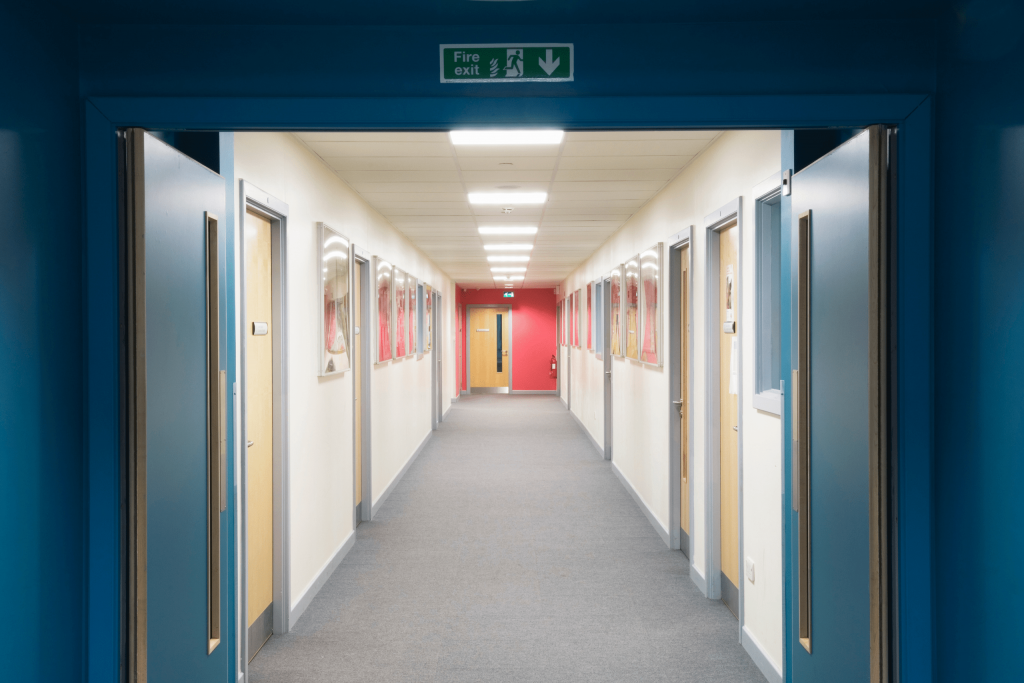
School Architecture: Reducing your carbon footprint
We’re all trying to do our bit to help the planet and the education sector is no exception. When it comes to school architecture, there are a multitude of ways you can work to reduce your carbon footprint right from the off. This means that not only are you able to inspire the next generation, but you’re also able to do so with little negative impact on their future.
What is a carbon footprint?
Your carbon footprint is a measurement of how much greenhouse gas is produced through the daily activities of an individual, school, organisation, or community. In the UK, the average person produces around 11.7 tons of carbon in their lifetime. Today, however, more and more of us are looking at ways we can reduce this.
Greenhouse gasses are bad for a plethora of reasons. They trap heat, warm the Earth’s surface and have been attributed to causing global warming and natural disasters. Flash flooding, hurricanes, heatwaves, air pollution, and wildfires are all caused by high levels of these gasses.
How to make your school more eco-friendly
Both new and existing schools can make changes to improve their impact on the planet. Below, our school architecture experts have listed a few ways you can reduce your carbon footprint.
Solar panels
One of the most obvious solutions for those looking to reduce their carbon emissions is solar panels. Despite the temperamental weather here in the UK, these panels offer the perfect solution to homes, businesses, and schools alike. In fact, contrary to popular belief, they continue working throughout the cold, winter months too!
Despite the upfront costs, solar panels have a life expectancy of between 25-40 years and during this time, will more than pay for themselves. As part of the school architecture process, solar panels should always be a consideration.
Energy-saving light bulbs
If you haven’t done this already, switching to energy-saving light bulbs will make a huge difference to your energy usage. Not only will this be cheaper for you, but it will also limit the amount of heat emissions you’re producing.
Beyond this, during the school architecture process, your design should consider ways of letting in as much natural light as possible. Utilising windows and opting for lighter coloured interiors will brighten up any space, reducing the time in which artificial lighting is required.
Cutting down on paper
Carbon dioxide is a greenhouse gas and is extremely harmful to the planet. As such, we need trees to absorb this and turn it into oxygen for us to breathe. The more paper we use, the higher the demand becomes. This means an increase in the number of trees that are cut down. Reducing your paper usage might feel like it will only have a small impact. In actual fact, however, this can go a long way in reducing your total carbon footprint.
Contact us
If you’re on the lookout for school architecture specialists, look no further. Here at Munday + Cramer, we have extensive experience working with educational facilities to make them more eco-friendly! For more information about collaborating with us, get in touch today. You can do so by clicking here.
